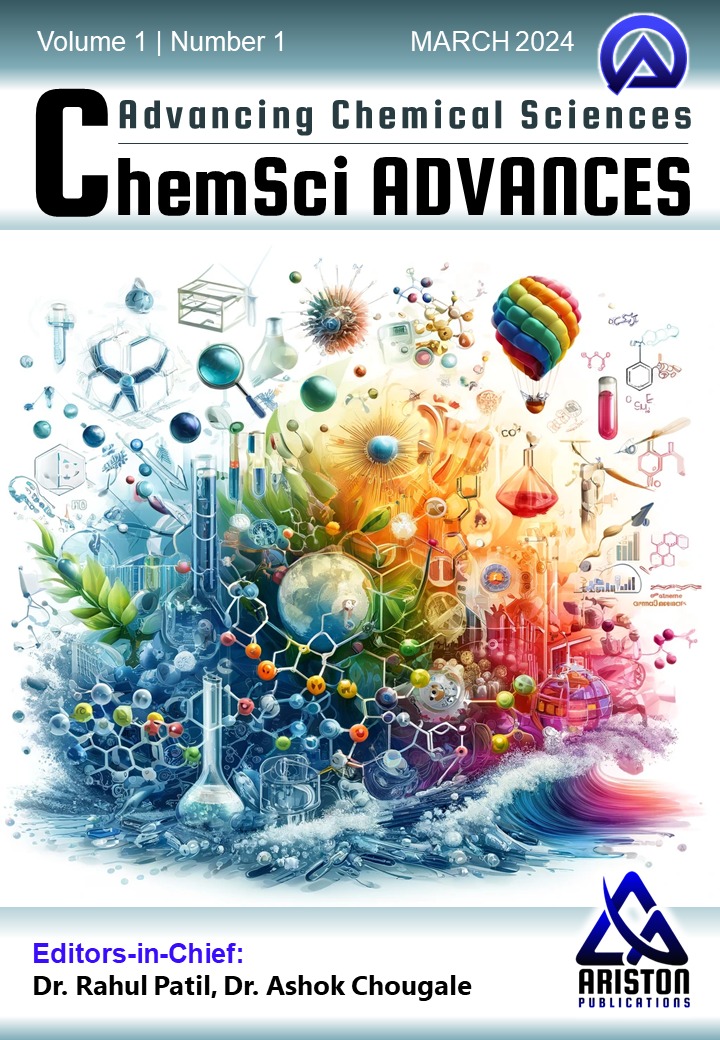Mahreen Iqbal, Muhammad Imran Khan, Mahwish Iqbal, Fawad Ahmad, Nosheen Farooq, Abdallah Shanableh, Muhammad Ibrahim, Syeda Mehak Batool
1Department of Chemistry, The Government Sadiq College Women University, Bahawalpur 63000, Pakistan
2Research Institute of Sciences and Engineering (RISE), University of Sharjah, Sharjah 27272, United Arab Emirates
3Environmental Chemistry Laboratory, Department of Chemistry, University of Agriculture Faisalabad, Pakistan
4Department of Chemistry, University of Wah, Quaid Avenue, Wah Cantt., Taxila, Rawalpindi, Punjab, Pakistan
5 Scientific Research Center, Australian University, Kuwait
6 Institute of Chemistry, The Islamia University of Bahawalpur, Pakistan
*Author to whom correspondence should be addressed:
raoimranishaq@gmail.com (Muhammad Imran Khan)
ABSTRACT
Anion exchange membranes (AEMs) have gained significant attention in recent years due to their promising applications in various electrochemical and environmental processes. This comprehensive review aims to provide a detailed overview of the synthesis strategies, characterization techniques, and potential applications of AEMs. It provides a detailed examination of diverse synthesis methods, including phase inversion, solution casting, electrospinning, sol-gel, situ polymerization, crosslinking, pore filling, extrusion and calendering. The review also discusses a range of characterization techniques, encompassing spectroscopy, microscopy, and electrochemical measurements, to offer insights into the structural, morphological, and electrochemical attributes of AEMs. Additionally, it explores the versatile applications of AEMs, spanning fuel cells, water treatment, electrodialysis, and energy storage devices, while addressing both the advantages and challenges associated with their utilization, thus illuminating the vast potential of AEMs in addressing pressing environmental and energy-related challenges. This review serves as a comprehensive resource for researchers and engineers, furnishing a deep understanding of AEM technology, ultimately contributing to its advancement and widespread adoption across various industries.

Significance of the Study:
This review highlights the advancements in anion exchange membranes (AEMs), emphasizing their role in sustainable energy and environmental solutions. It examines synthesis methods, characterization techniques, and applications in fuel cells, water treatment, and energy storage. By addressing key challenges like stability and conductivity, the study provides critical insights for researchers and engineers. The findings contribute to optimizing AEM technology, accelerating its adoption in industries, and supporting global efforts in clean energy and water purification, making it a vital resource for future innovations.
Summary of the Study:
This review explores anion exchange membranes (AEMs), focusing on synthesis strategies, characterization, and applications in fuel cells, electrodialysis, and energy storage. Recent advancements in material stability and performance are discussed, alongside challenges like durability and feed-water resistance. The study emphasizes the need for improved catalysts, optimized electrode-membrane interfaces, and standardized testing protocols. By bridging knowledge gaps in AEM technology, it paves the way for enhanced electrochemical solutions, supporting sustainable energy and environmental remediation efforts.
